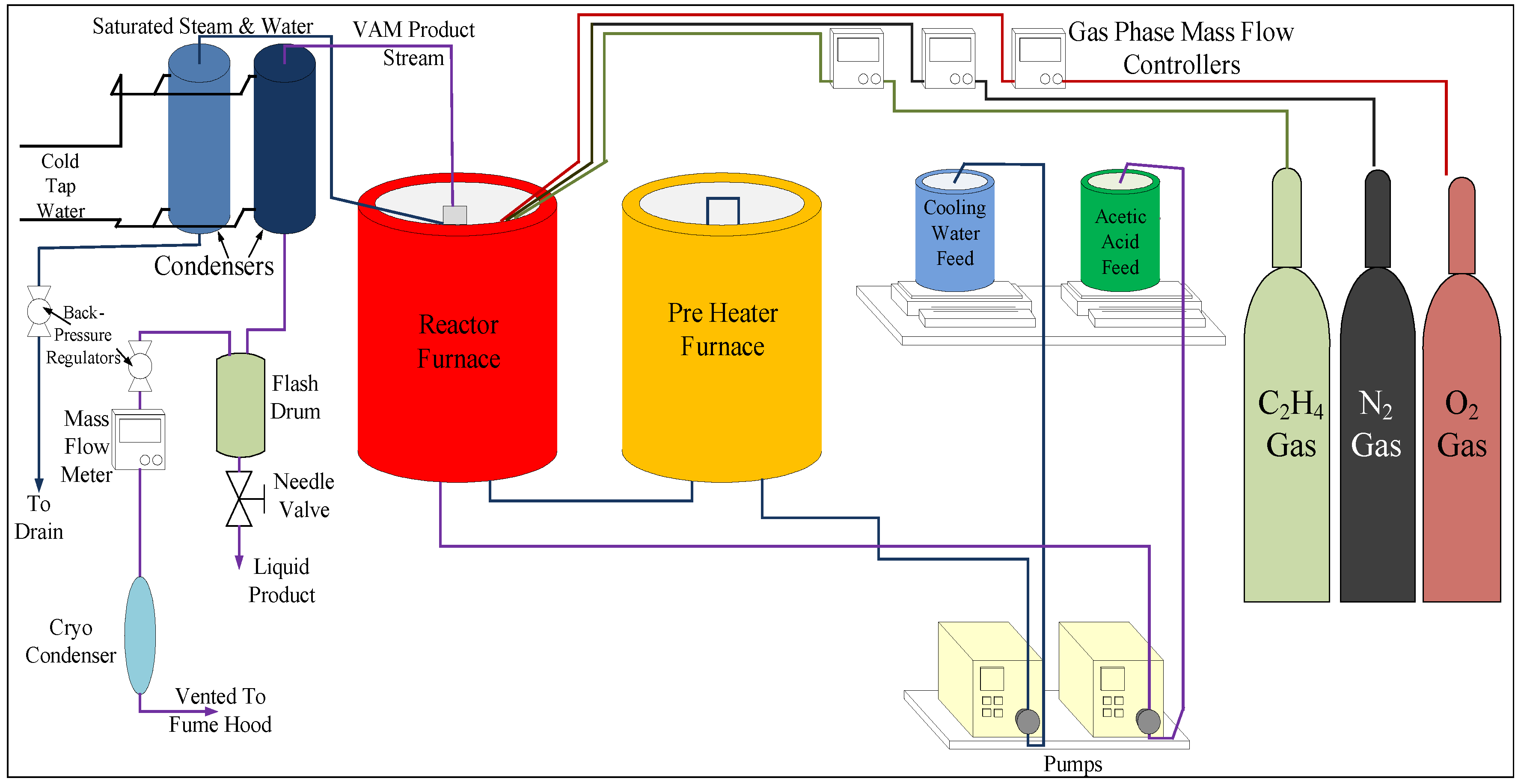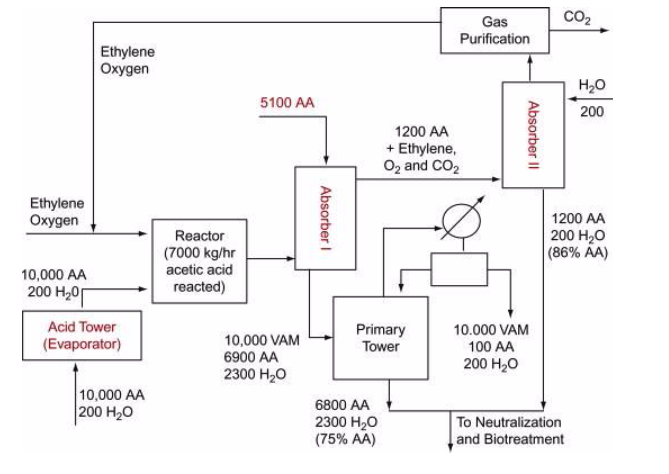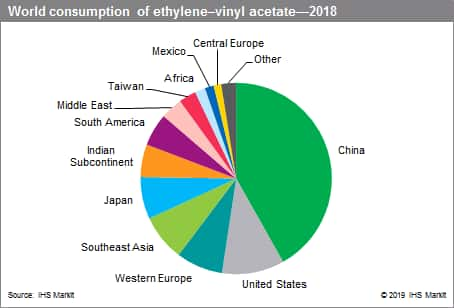A process for producing an ethylene vinyl acetate insole involves weighing molding compounds for manufacturing the ethylene vinyl acetate insole.
Ethylene vinyl acetate manufacturing process.
The sheet material is cut into a plurality of elongated strips.
Intratec provides ethylene vinyl acetate pricing data covering 13 years of historical prices and forecasts.
Ethylene has now become the preferred feedstock with the gas phase route used due problems of corrosion and byproduct formation when.
Vinyl acetate is the acetate ester of vinyl alcohol.
There are three different types of eva copolymer which differ in the vinyl acetate va content and the way the materials are used.
Vinyl acetate monomer vam production and manufacturing process.
Subscribers to our commodity price database have access to ethylene vinyl acetate and as much as 217 other commodities prices across several countries from main world regions.
See a sample below or register for free to see much more.
Since vinyl alcohol is highly unstable with respect to acetaldehyde the preparation of vinyl acetate is more complex than the synthesis of other acetate esters.
Vinyl acetate ethylene vae emulsions are based on the copolymerization of vinyl acetate and ethylene in which the vinyl acetate content can range between 60 and 95 percent and the ethylene content ranges between 5 and 40 percent of the total formulation.
A predetermined amount of the strips are placed into a first mold unit which is heated.
Ethylene vinyl acetate is a type of plastic a polymer with a wide variety of uses both residential and industrial.
The main advantages of eva is that it has good toughness flexibility clarity and gloss the ability to withstand low temperatures and good tear resistance.
Ethylene vinyl acetate eva is a copolymer that is manufactured from ethylene and vinyl acetate monomer vam.
The food and drug administration fda has stated that ethylene vinyl acetate is safe when used in food production packaging or transportation and it s not an especially dangerous material.
This invention relates to a process for the production of ethylene vinyl acetate copolymers eva using certain comonomers by high pressure polymerization to new ethylene vinyl acetate copolymers containing copolymerized units of these comonomers and to the use of these copolymers as flow promoters as adhesive binders as a mixture component for thermoplastics and duroplastics and for the.
The major industrial route involves the reaction of ethylene and acetic acid with oxygen in the presence of a palladium catalyst.
The molding compounds are mixed and rolled by means of a roller so as to form a sheet material.










